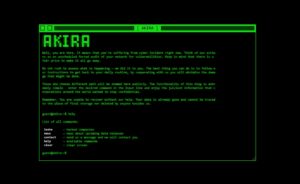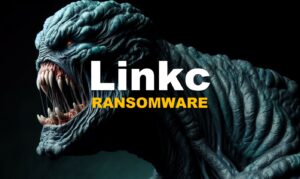
Babuk Locker 2.0: The New Ransomware Affiliate Program
Babuk, one of the most notorious ransomware groups in cybercrime, has launched the Babuk Locker 2.0 Affiliate Program 2025, an affiliate program for skilled hackers looking to profit from ransomware attacks. This program, published on their data leak site, introduces new advanced features and a more structured model for those wishing to join their criminal network. How the Program Works Babuk Locker 2.0 accepts affiliates from all over the world, regardless of language or origin, provided they have experience in penetration testing and compromising IT systems. Their goal is clear: maximize profits through targeted attacks and manage ransom payments more efficiently. The











